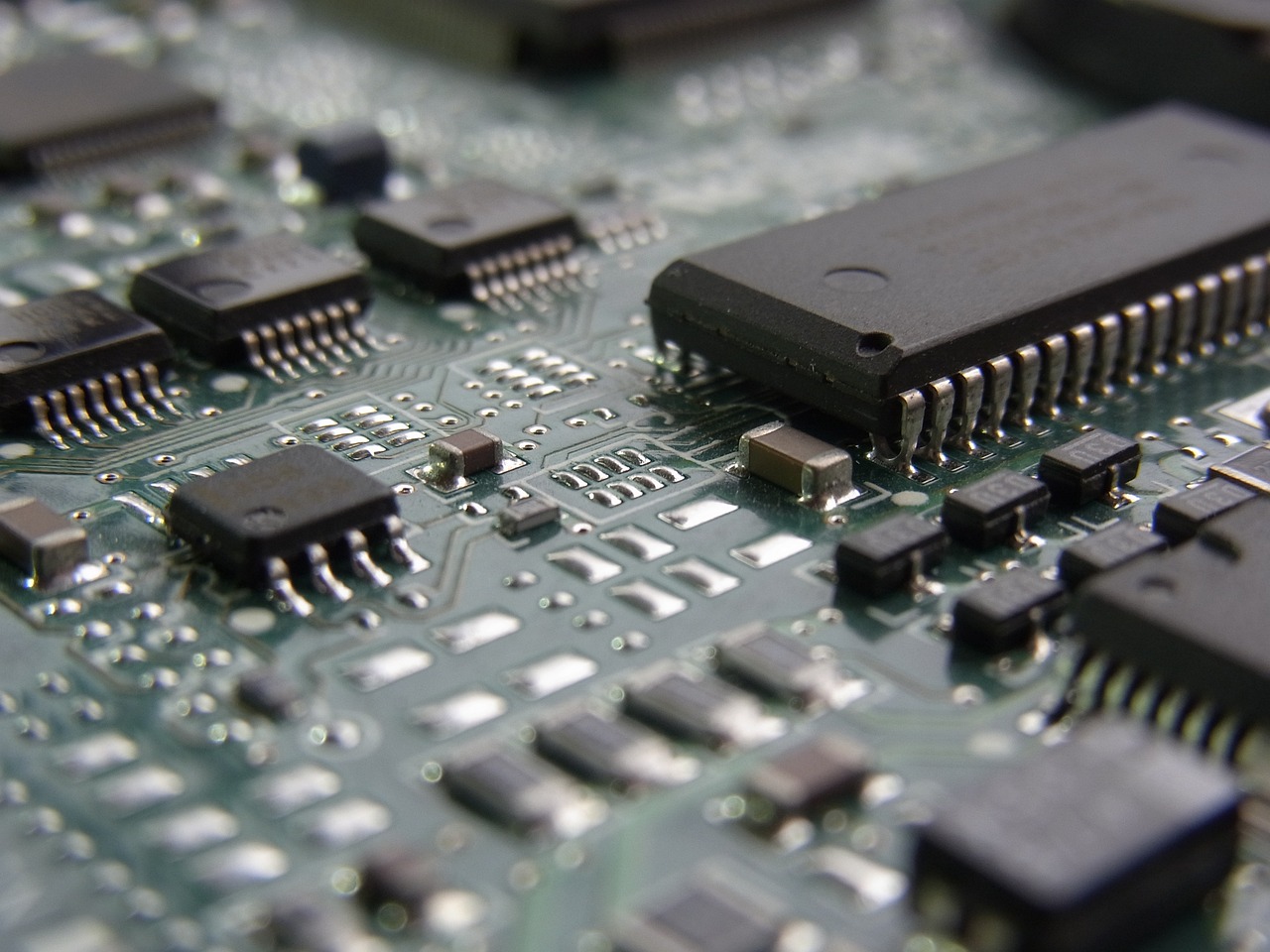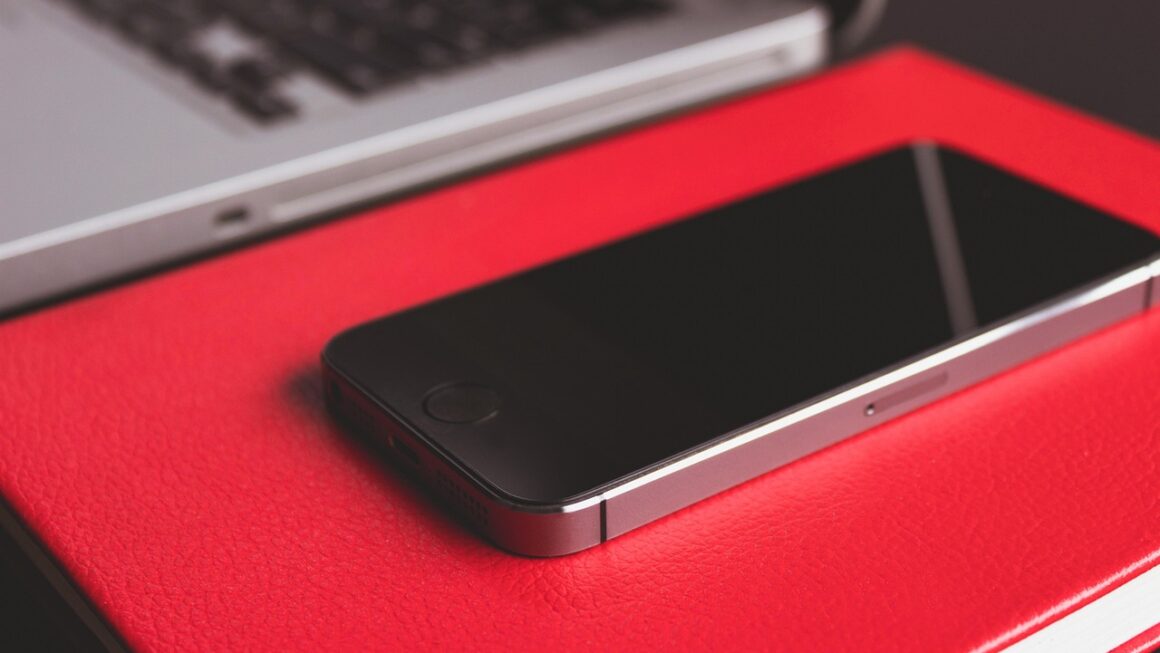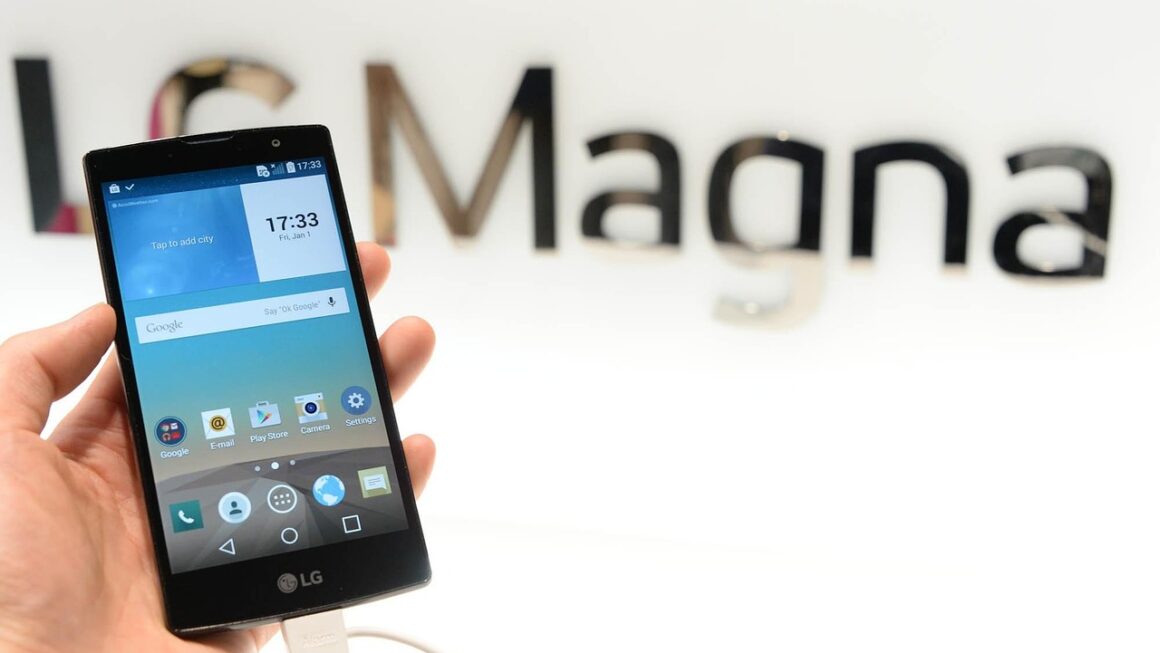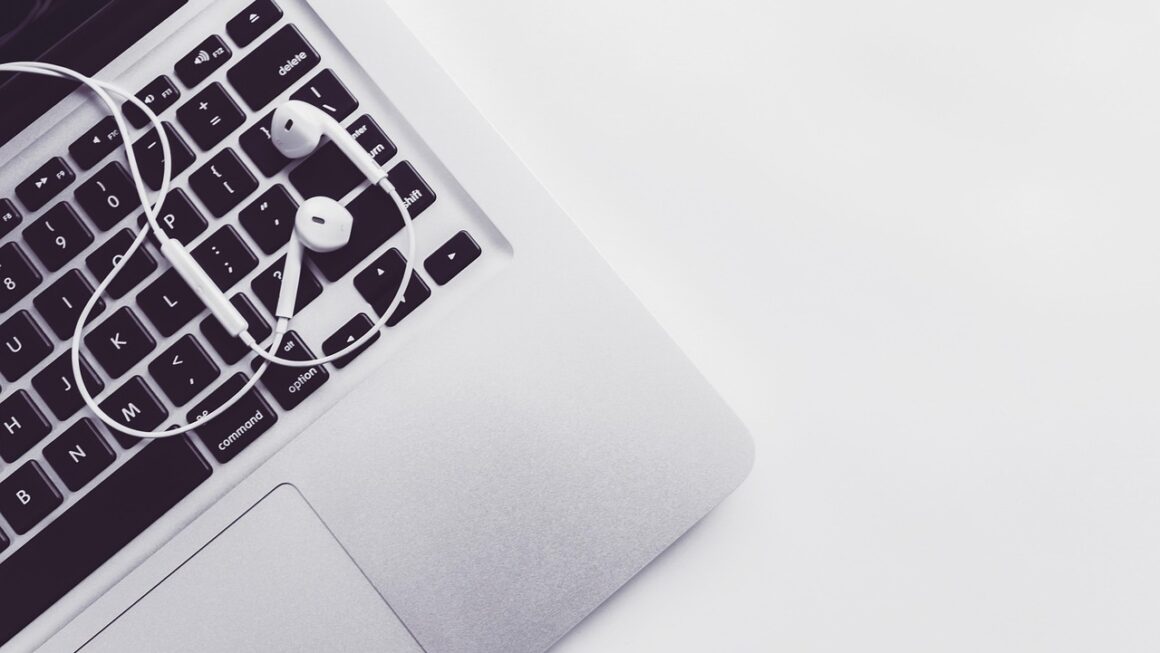Stepping up your photography game isn’t just about getting a better camera body. It’s about enhancing your creative possibilities and optimizing your shooting experience. Camera accessories are the unsung heroes that can transform a good photograph into a truly exceptional one, enabling you to tackle challenging situations and capture images you never thought possible. From protecting your equipment to expanding your creative horizons, the right accessories are essential for any photographer, regardless of skill level.
Essential Camera Protection Accessories
Protecting your investment is paramount, especially when shooting outdoors or in unpredictable environments. Scratches, dust, and accidental drops can significantly damage your camera gear. Investing in protective accessories is a wise decision.
Camera Bags & Cases
A high-quality camera bag is more than just a carrying case; it’s a mobile workstation and protective shell for your valuable equipment.
- Types of bags: Backpacks, shoulder bags, sling bags, and rolling cases.
- Key Features: Padded compartments, weather resistance, adjustable dividers, and comfortable carrying straps.
- Example: Consider a backpack with a rain cover for outdoor adventures or a compact shoulder bag for casual shoots around town. Think about the size and type of gear you typically carry.
- Pro Tip: Look for bags with lockable zippers for added security when traveling.
Screen Protectors & Body Armor
Scratches on your camera’s LCD screen can be incredibly distracting. Body armor provides an extra layer of defense against bumps and scrapes.
- Screen Protectors: Tempered glass or plastic films that adhere to the LCD screen.
- Body Armor: Silicone or hard-plastic covers that wrap around the camera body.
- Benefits: Prevent scratches, protect against minor impacts, and maintain the resale value of your camera.
- Example: A tempered glass screen protector is almost unnoticeable and provides excellent scratch resistance. A silicone body armor can add grip and protect your camera from bumps and light rain.
Lens Filters
More than just protective glass, lens filters can dramatically improve your images.
- UV Filters: Block ultraviolet rays, reduce haze, and provide basic lens protection.
- Polarizing Filters: Reduce glare, enhance colors, and deepen blue skies.
- Neutral Density (ND) Filters: Reduce the amount of light entering the lens, allowing for longer exposures or wider apertures in bright conditions.
- Example: Use a polarizing filter when shooting landscapes to make the sky pop and reduce reflections on water. An ND filter allows you to capture silky smooth waterfalls even in broad daylight.
Enhancing Image Quality: Lenses and Lighting
Beyond the standard kit lens, investing in specialized lenses and lighting equipment can unlock a whole new level of creative possibilities and improve image quality significantly.
Exploring Different Lenses
Different lenses offer different perspectives and capabilities. Understanding the strengths of each type will elevate your photography.
- Prime Lenses: Offer exceptional sharpness, wide apertures (for low-light shooting and shallow depth of field), and are generally more compact than zoom lenses. (e.g., 50mm f/1.8 “nifty fifty”)
- Zoom Lenses: Provide versatility and allow you to change your focal length without physically moving. (e.g., 24-70mm, 70-200mm)
- Wide-Angle Lenses: Capture a broader field of view, ideal for landscapes and architecture. (e.g., 16-35mm)
- Telephoto Lenses: Magnify distant subjects, perfect for wildlife and sports photography. (e.g., 100-400mm)
- Macro Lenses: Allow you to capture extreme close-ups of small subjects. (e.g., 100mm macro)
- Actionable Takeaway: Research the best lens types for your preferred shooting style. Consider renting a lens before purchasing to see if it suits your needs.
External Flashes and Lighting Modifiers
On-camera flash can often produce harsh and unflattering light. External flashes and lighting modifiers provide greater control and flexibility.
- External Flashes (Speedlights): More powerful than built-in flashes, they offer adjustable power, tilt, and swivel for bouncing light.
- Softboxes: Diffuse the light from a flash or studio strobe, creating soft and even illumination.
- Reflectors: Bounce light onto your subject, filling in shadows and adding highlights.
- Diffusers: Soften the light from a flash, reducing harsh shadows and specular highlights.
- Example: Using a speedlight bounced off a ceiling or wall can create a much more natural and flattering light than direct flash. A softbox attached to a speedlight provides beautiful, soft lighting for portraits.
Stability and Support Systems
Sharp images require a stable platform. Tripods, monopods, and other support systems are essential for minimizing camera shake, especially in low-light conditions or when using long telephoto lenses.
Tripods: The Foundation for Sharp Images
A sturdy tripod is crucial for landscape photography, long exposures, and any situation where you need absolute stability.
- Types of Tripods: Aluminum, carbon fiber, and travel tripods.
- Key Features: Load capacity, height, weight, and stability.
- Carbon Fiber vs. Aluminum: Carbon fiber tripods are lighter and absorb vibrations better than aluminum tripods, but they are also more expensive.
- Example: For landscape photography, choose a sturdy tripod with a good height and load capacity. For travel, opt for a lightweight and compact travel tripod.
Monopods: Mobile Support
Monopods provide stability while allowing for greater mobility than tripods. They are ideal for sports and wildlife photography where you need to move quickly and track your subject.
- Benefits: Lightweight, compact, and easy to use.
- Uses: Support heavy lenses, reduce camera shake, and allow for panning.
- Example: A monopod is perfect for supporting a long telephoto lens while photographing birds in flight.
Gimbals and Stabilizers
For video recording or smooth panning movements, gimbals and stabilizers are essential.
- Gimbals: Use motors to counteract camera shake, providing incredibly smooth footage.
- Stabilizers: Provide a mechanical means of stabilizing the camera.
- Example: Use a gimbal to capture smooth tracking shots while walking or running. A stabilizer is great for simple camera movements in smaller spaces.
Power and Memory Management
Running out of battery or memory during a shoot can be frustrating. Having extra batteries and memory cards is essential, especially for long shoots or travel.
Extra Batteries and Chargers
Always carry at least one extra battery, especially for extended shooting sessions.
- Types of Batteries: Lithium-ion batteries are the most common type.
- Considerations: Battery life varies depending on the camera model and usage.
- Battery Grips: Provide additional battery power and improve the ergonomics of the camera.
- Example: Invest in a spare battery for your camera and keep it fully charged. A battery grip can double your battery life and provide a more comfortable grip for vertical shooting.
High-Capacity Memory Cards
Running out of memory during a shoot can be devastating. Always carry multiple memory cards with sufficient capacity.
- Types of Memory Cards: SD cards, CF cards, and CFexpress cards.
- Considerations: Speed (write speed is crucial for shooting video and burst photos), capacity, and reliability.
- Actionable Takeaway: Invest in high-quality memory cards with fast write speeds to avoid buffering issues when shooting video or continuous bursts of photos. Carry multiple cards to avoid losing all your images if one card fails.
Conclusion
Camera accessories are more than just extras; they are essential tools that can significantly enhance your photography. By investing in the right accessories, you can protect your equipment, improve image quality, and expand your creative possibilities. Take the time to research and choose accessories that fit your specific needs and shooting style. The right accessories can transform your photographic journey from a hobby into a true passion.




